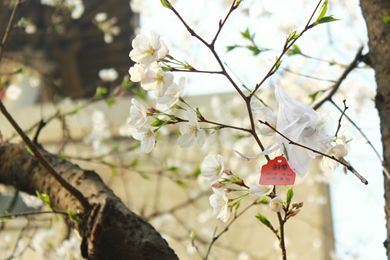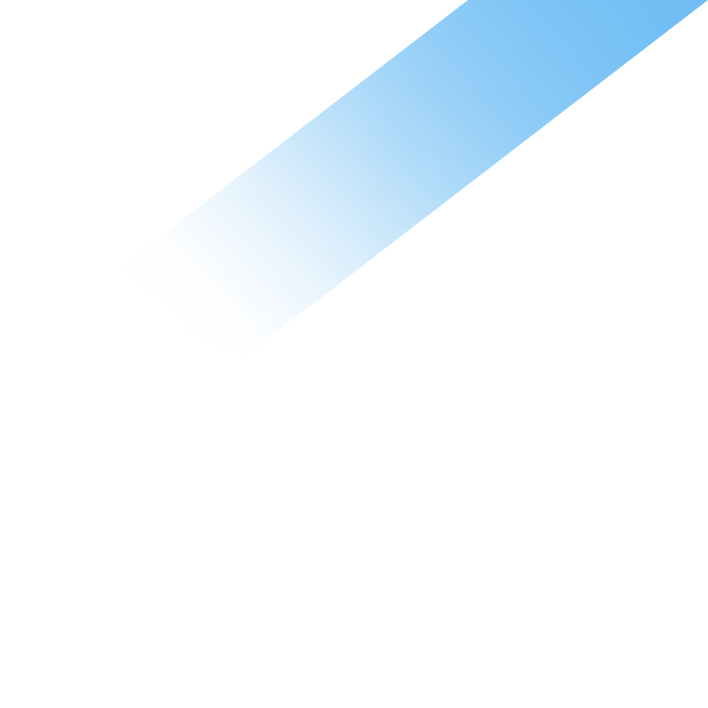Upholding its reputation as one of the most beautiful campuses in China, Wuhan University’s cherry blossom attract a burgeoning flow of tourists each Spring.
As April approaches, flower blossoms signal spring, silently attracting attention. Students at Wuhan University are inundated with the lush, colorful and lively natural beauty on the campus. Plum blossom, cherry blossom, magnolia, iris, hyacinth and many other unidentified flowers stand out in this season. Above all, the cherry blossoms draw in crowds, transcending geographic limitations.

Sakura, the Japanese name of cherry blossom, are particularly prominent at Wuhan University, even compared to other Chinese sites that claim significant cherry blossom numbers. Wuhan University’s Yinghua Avenue stretches around six hundred meters decorated with a long line of cherry blossom. Rarely can so many blossoms be seen together in China. According to Wu Xiao, founder of Wuhan University History Research Institute, in an article in the International Herald Leader cherry blossoms in Wuhan University originate from the anti-Japanese war when Japanese soldiers planted the seeds to ease their nostalgia. After the normalization of diplomatic relations between China and Japan in 1972, the Prime Minister of Japan, Kakuei Tanaka, sent 1000 Prunus Sargentii, a special category of cherry blossom, to Primer Zhou Enlai as envoys of friendship, 50 of which were then planted in Wuhan University. Afterwards, almost 300 cherry blossom trees directly from Japan, were planted and have since thrived on campus.

The cherry blossoms help highlight Wuhan University’s historical architecture and natural beauty. Administrative buildings, the old library, research facilities and other complexes, built in the classical style, all nestle in Luojia Moutain, where Wuhan University is located. Against the backdrop of profound architecture, cherry blossom are conspicuous and radiant.

Huang Xiaoyan, a middle-aged woman from Guangdong Province, came to Wuhan University on a one-day cherry blossom tour. “It is unique. And I rarely see such beautiful scenery. It is worth several hours on the train.” she said in accented mandarin. After Wuhan-to-Guangzhou high-speed train was built up, traveling time decreased from about eighteen hours to only about four hours, making short excursions feasible. One of the consequences has been an ever growing crowd during the annual blossoming of the flowers.

Based on previous yearly figures, the number of tourists like Huang Xiaoyan often exceed 200,000 during the sakura bloom. Sometimes, this number has even topped 400,000. After the 120th anniversary of Wuhan University, the university began appealing to even more people to come. The large number of tourists puts strain on the campus and can even impact classes. Thereby, this year Wuhan University intensifies efforts to control flow of visitors, with the ceiling of 20,000 tourists on work days and 40,000 on weekends, with more cleaning personnel and volunteers around to help.
Indeed cherry blossom season is a test to both the university and students. Looking into the future, this cherry blossom as long as the university continues to promote welcoming tourists without disrupting academic success, the festival will continue the be a grand occasion for students, faculty and guests. (photo by Shangwu Yao & Jun Wang)


